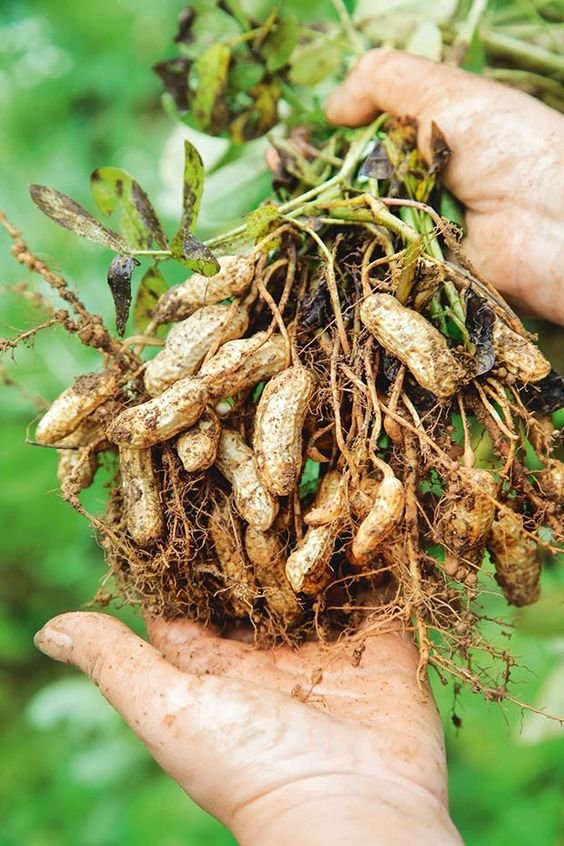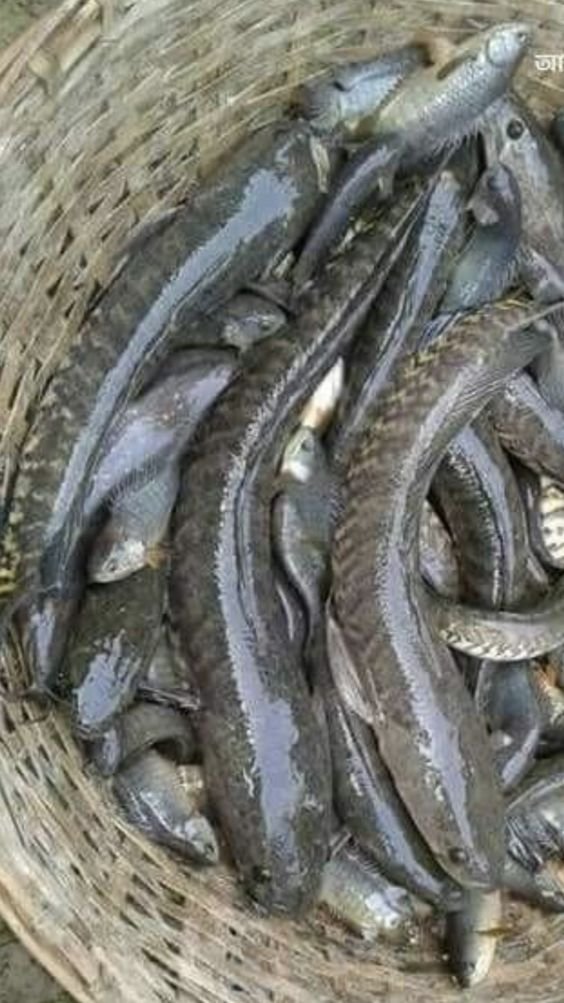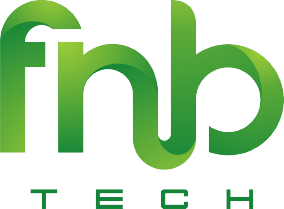Planting Seeds: From Tiny Hopes to Thriving Life
Planting seeds is an act of profound hope. Nestled within those miniature packages lies the potential for vibrant life, bursting with possibility. Whether your goal is to cultivate a bountiful garden, nurture a fragrant herb collection, or witness the metamorphosis of a towering tree, planting seeds is a journey filled with anticipation, responsibility, and ultimately, reward.
But before you delve into the soil, let’s explore the intricate world of planting seeds, equipping you with the knowledge and confidence to transform those tiny hopes into thriving realities.
Seed Selection: Choosing the Right Start
Your journey begins with selecting the right seeds. Consider your local climate, desired harvest time, and personal preferences. Do you envision rows of juicy tomatoes basking in summer sun, or perhaps a windowsill overflowing with fragrant basil? Seed packets are your treasure maps, brimming with information about plant variety, maturity dates, and specific planting requirements. Opt for reputable seed suppliers and choose varieties suited to your growing conditions.
Preparing the Canvas: Soil Matters
Think of soil as the foundation of your plant’s future. Invest in high-quality potting mix or prepare your outdoor garden bed with nutrient-rich compost and well-draining soil. Remember, seeds require a loose, aerated environment to encourage root growth and successful germination.
Sowing with Care: Nurturing New Life
Now comes the magical moment of planting. Follow the instructions on your seed packet for optimal depth and spacing. Generally, smaller seeds require shallow planting, while larger ones benefit from deeper placement. Gently press the soil around the seeds to ensure good contact and moisture retention. Water carefully, avoiding overwatering which can drown delicate seedlings.
Lighting the Way: Sun and Shade Planting Seeds
Just like humans, plants thrive under the right light conditions. Refer to your seed packet for specific light requirements. Some seeds crave the warmth of full sun, while others prefer the dappled shade of partial sun. Pay attention to your seedlings’ response and adjust their location if necessary.
Watering Wisely: The Balancing Act Planting Seeds
Consistent moisture is crucial for germination and healthy growth. However, overwatering can be detrimental. Aim for evenly moist soil, avoidingsoggy conditions. As your seedlings mature, adjust watering frequency based on their needs and the prevailing weather.
The Gift of Time and Patience Planting Seeds
Nature unfolds at its own pace. Germination times vary depending on the seed variety and environmental conditions. Be patient, resist the urge to dig up your seeds, and celebrate each tiny sprout as a testament to your nurturing efforts.
Beyond the Basics: Techniques for Advanced Planters
For the seasoned gardener, there are various techniques to enhance your seed-planting success.
Starting Seeds Indoors: This method allows you to get a head start on the growing season, especially for frost-sensitive plants. Use seed trays or small pots filled with sterile potting mix, providing warmth and controlled light conditions.
Stratification: Some seeds benefit from a period of cold before planting, mimicking natural winter conditions and breaking dormancy. Store them in a refrigerator for a specified duration before sowing.
Bottom Heat: Providing gentle warmth from below can encourage germination for seeds that prefer warmer temperatures. Use heat mats or place your seed trays on top of warm surfaces.
Troubleshooting: Overcoming Seed Planting Challenges
Even the most experienced gardeners encounter setbacks.
Here are some common challenges and solutions Planting Seeds:
Poor Germination: Ensure you’re using fresh seeds, planting at the correct depth and time, and providing adequate moisture and light.
Damping-off: This fungal disease can kill young seedlings. Maintain good air circulation, avoid overwatering, and thin seedlings if necessary.
Leggy Seedlings: Insufficient light can cause seedlings to stretch excessively. Provide adequate light or use grow lights when natural light is limited.





